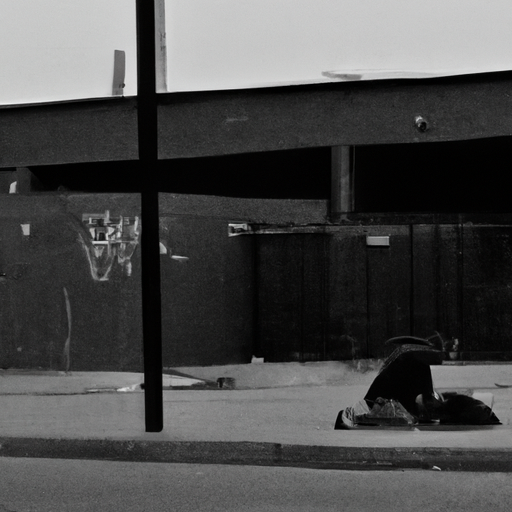The Canadian Opioid Crisis: A Closer Look At The Toll and Efforts To Combat It
The opioid crisis gripping Canada has rippled through communities, driving a surge in substance abuse-related crime, a disturbing increase in homelessness, and a staggering loss of life. As we grapple with what it means to be on the front lines of this devastating crisis, it’s essential to stay informed and vigilant of the developments locally and globally. Today, we turn our attention to a potent key development in the United States, as such actions could potentially dictate the course of the Canadian opioid abatement class action lawsuits.
A Significant Legal Settlement and Its Implications
Johnson & Johnson, a multinational corporation, recently settled a case in Washington State for $150 million – one of the largest in the ongoing battle against opioid producers. The company was accused of contributing to the opioid crisis by downplaying the risks and overstating the benefits of opioids, thus encouraging overprescription.
While this case is not directly related to Canada, it is a vital precedent that could influence future lawsuits and settlements within our borders. In essence, it’s an acknowledgement of culpability from a key opioid producer, an act that could usher in a new era of accountability and responsibility from pharmaceutical companies.
The Devastating Toll of the Opioid Crisis in Canada
Taking a step back, let’s examine the ramifications of the opioid crisis in our communities:
- Increased Homelessness: The opioid crisis has left thousands of Canadians homeless, with substance abuse disorders being a primary contributing factor. This surge in homelessness further exacerbates the issue, creating a vicious cycle of poverty and addiction.
- Rise in Crime Rates: Areas hit hardest by the opioid crisis have witnessed a sharp increase in crime, particularly theft and violent offenses. This rise in crime is strongly linked to substance abuse.
- Staggering Loss of Life: The opioid crisis is a major public health emergency. Between 2016 and 2020, there were more than 21,000 apparent opioid toxicity deaths in Canada. Naloxone, a medication that can rapidly reverse an opioid overdose, has become a crucial yet heartbreaking symbol of this emergency.
Efforts To Combat the Opioid Crisis
Amidst the gloom, teams of dedicated professionals, volunteers, and community leaders are tirelessly working towards alleviating the crisis. Access to naloxone has been significantly enhanced, with the medication now available free of charge in many pharmacies and community health centres. Rehabilitation programs are being evolved and scaled, while innovative initiatives such as supervised consumption services aim to provide safer environments for people battling addiction.
Legal strategies, like the Canadian opioid abatement class action lawsuit, seek to hold opioid producers accountable for their role in sparking and fuelling the crisis. Cases like the recent Johnson & Johnson settlement serve as potent precedents for such actions.
In Conclusion
The opioid crisis is among the most great tragedies of our time. The cost in lives lost, communities disrupted, and dreams shattered is immense. Yet, amidst the crisis, there is resilience, determination, and a collective will to stem the tide of destruction. The Johnson & Johnson case in the U.S. is indicative of a global reckoning with the role of opioid producers in the crisis and shines a ray of hope for similar actions in Canada.
Canada is striding forward in its response to the crisis, evolving its public health strategies, innovating on-the-ground initiatives, and leveraging the power of the law to protect its citizens. As civic and community leaders, staying proactive and informed will empower us to play a pivotal role in this ongoing battle. It’s a fight, no doubt, but one that we must, can, and will navigate together.
